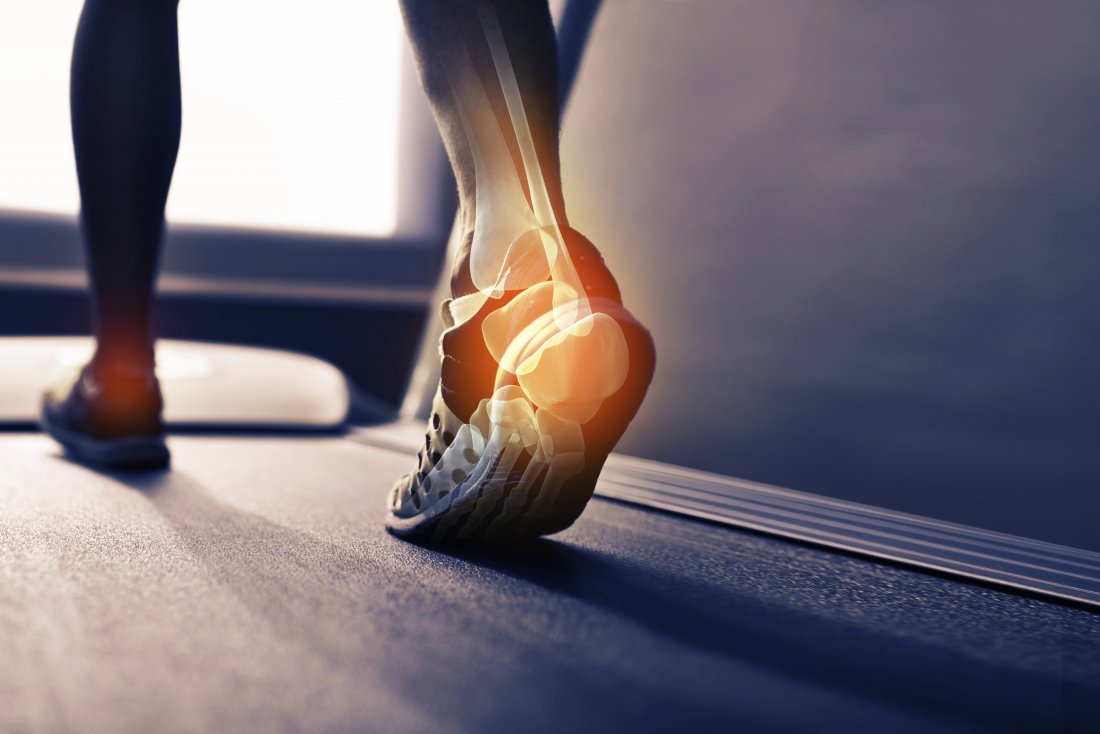About one million injuries in the lower limbs each year result from heel or toe walking [1]. One of the biggest culprits is wearing shoes and going barefoot with a Talus that sits higher than the usual foot position (Protrusio Calcanei) [2]. This can be painful because of an inflamed tendon on the bottom of the foot called the Achilles tendon. But you can prevent all this. Here are five tips for avoiding this common problem.
What is Talus Pain?
Talus pain is the pain felt in the ankle when there is damage to the talus. The talus bone in the ankle is the region’s most common cause of pain. If the talus moves out of position, it can become injured. This is most common in people who walk on their heels. It can also occur if the foot or ankle rolls too far inwards. Over time, severe talus pain can affect mobility and quality of life.

How to Prevent Talus Pain
The front of the foot comprises five tarsal bones, known as the metatarsals. One of these bones is the talus bone. The talus bone has a small cartilage pad at the top that articulates with the femur bone in the hip. The cartilage pad is a cushion to help prevent excessive pressure on the joints. Over time, this cartilage can wear down, and the bones will not have enough padding to protect them from each other.
Causes of Talus Pain
The leading causes of talus pain are arthritis and osteoarthritis. Pain in the ankle due to the Talus bone is usually caused by arthritis, osteoarthritis, or a prior injury or accident. It is also possible to have high levels of talus pain because of a previous injury or an accident.
Things you should keep in your Mind
- What are the leading causes of talus pain?
- How is pain in the ankle due to the Talus bone caused?
- What is a common side effect of talus pain?
- What is a treatment for talus pain?
- What are other symptoms of talus pain?
- What is the most common type of arthritis?
- What are other types of arthritis?
What Can Be Done for Talus Pain?
Talus pain is a common condition that can develop following a fracture or surgery on the ankle. The talus bone is located in the back of the ankle and may become painful due to a sprain, a fracture, an infection, a tumor, a deep vein thrombosis, or after surgery for a fractured talus. There are a few things that can be done to relieve talus pain. You can ask your doctor to modify or discontinue your heel-stabilizing exercises. Wear shoes that provide good shock absorption and support, such as athletic shoes. Increase the cushioning in your shoe by wearing insoles made of foam, cork, or other materials. Stop wearing high heels for at least a few days if you have to stand or walk on hard surfaces for work or other activities.
Symptoms of Talus Pain
A dull ache around the upper ankle. Pain along the inside and outside of the ankle joint. Difficulty walking and turning the foot inward. A feeling of tenderness under the heel. Symptoms of talus pain can include a dull ache around the upper ankle, pain inside and outside of the ankle joint, difficulty walking and turning the foot inward, and a feeling of tenderness under the heel.
Diagnosis of Talus Pain
This article is a general overview of how a doctor diagnoses the cause of pain from the talus. According to this article, some causes of talus pain include arthritis, stress fractures, and a fracture from a direct blow to the foot. Doctors will first rule out broken bones during diagnosis, as an x-ray can diagnose these. With this being said, doctors can diagnose the cause of talus pain with a good physical exam and medical history.
Complications of Talus Pain
The talus is the bone at the end of the leg that connects to the ankle and foot. It is a small bone that sits in the ankle joint. Chronic pain from the talus may be due to several factors, including osteoarthritis, rheumatoid arthritis, and tumors. The most common cause of talus pain is a fracture or injury. The most common cause of talus pain is a fracture or injury. If your doctor believes that you have talus pain due to another reason, this is a good indication that an MRI or CT scan may be warranted.
General Treatment of Talus Pain
The standard treatment for talus pain is to immobilize the ankle joint. This is done with a cast or a rigid boot that prohibits movement. Sometimes, a sling is used to help stabilize the foot and lower leg. In some cases, a bone graft may be needed to repair the joint if the joint surface has been damaged from arthritis or a fracture. A shoe with a built-in insert is also sometimes recommended. Rehabilitation exercises are also often prescribed to strengthen and maintain the ankle joint.
Exercises for Talus Pain
The Achilles tendon is one of the main reasons for pain in the talus. Numerous exercises can help alleviate this pain, also known as Haglund’s deformity. These exercises may include toe raises, heel walking, heel rolling, heel lifting on a surface, and balance exercises. The key to most of these exercises is ensuring the foot remains flat. This can be done using a firm and low texture to the ground.
Conclusion
Talus pain and broken bones in the lower leg and ankle joint arthritis are some of the problems of this disorder. Fortunately, if you live an active lifestyle and care for your joints, you can prevent joint pain and arthritis from becoming a severe problem. Those diagnosed with this disorder can expect to be prescribed anti-inflammatory medications, pain relievers, and physical therapy.
















Leave a Reply